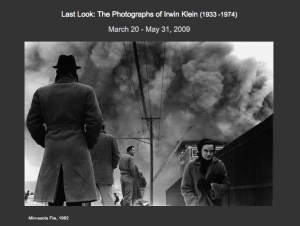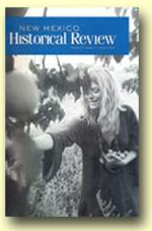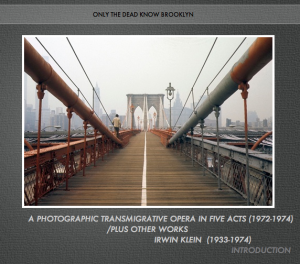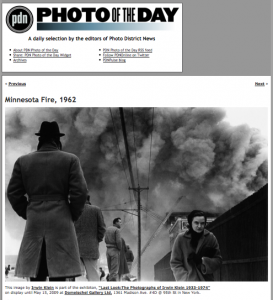By Irwin Klein
I worked on this book from 1966-71 during five visits of about three months each to the country that stretches up from Santa Fe into the mountains as far north as Taos and as far east as Las Vegas New Mexico.
Though some sections deal with communes, most of the photographs are of people living alone, in couples, families. or small groups in the little Spanish-American towns in the back country. It is sometimes hard to distinguish between a group of friends who share certain resources and spend a lot of time together and a commune, but I think that a commune has to have a sense of consciously shared responsibilities and probably, a certain formal structure. Most of my subjects live in what I would call settlements rather than communes.
These people, with a few exceptions, are new arrivals to an area which is predominantly Spanish-American. Many are children of the urban middle class who have abandoned the drug ghettoes of cities like San Francisco, New York and Seattle, though some come from rural backgrounds. There are dropouts from the universities and relatively “straight- walks” of life and a few old beatniks. As I explored the evolving situations certain patterns and themes unfolded. Considered as a whole, the book takes the form of a rite of passage from innocence to experience, and there is a development away from the image of the hippie toward older American archetypes like the pioneer and the independent yeoman farmer.
There is a chance that some night take my book as just a collection of photos of hippies of an in-group or cult. It is true that the pictures reflect the style and decor of a particular moment which is already passing and that this interested me. What Interested me more, however, was that the adventure I depict is part of a timeless movement, the perennial attempt of human beings to renew the pattern of their lives. My subjects are trying, with varying degrees of seriousness, to develop a way of life outside our urban technological complex, drawing whatever resources they can muster from our common past and disintegrating culture.
My own role was as such that of a participant as an observer. I came to New Mexico with much the same motives as the people I photographed. In almost every case a certain bond of friendship or intimacy was established before I began working. The New Settlers is part family album, part document and part myth. I consider it as such a collective expression as my own work.




